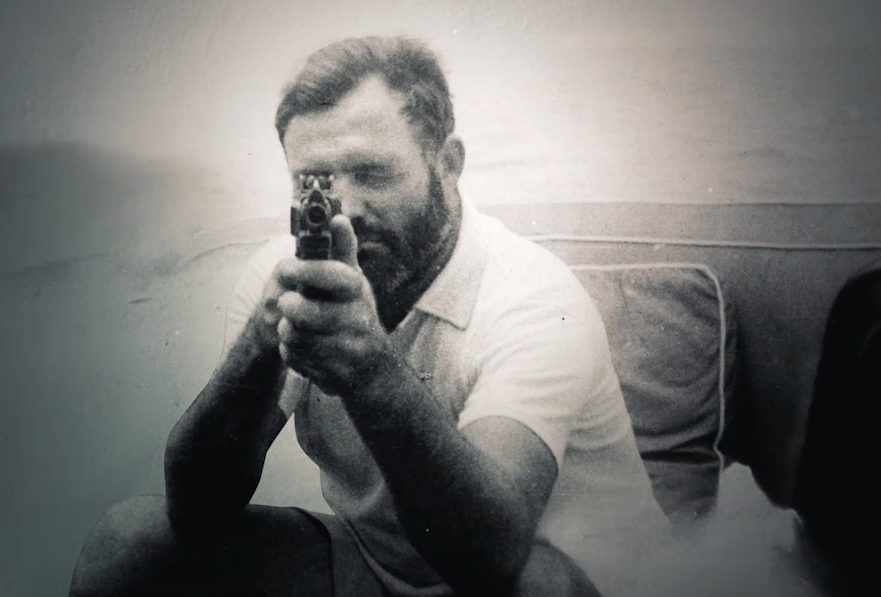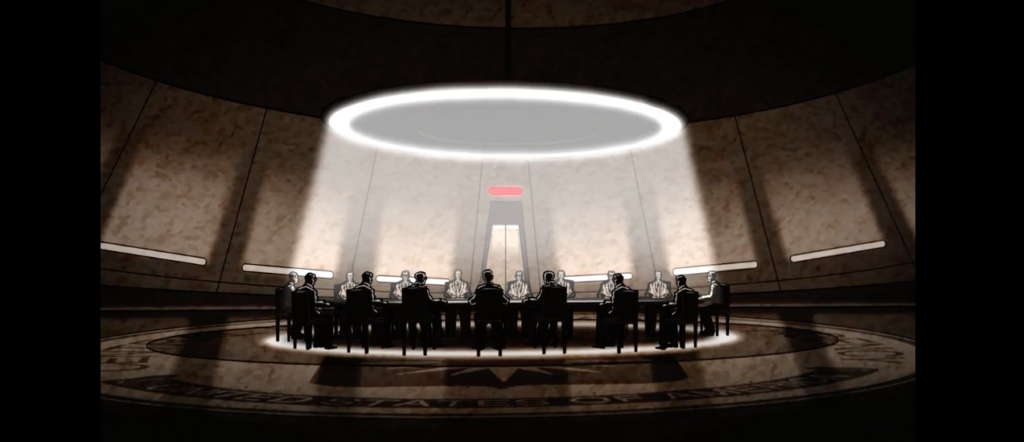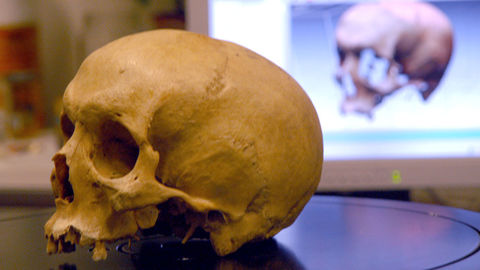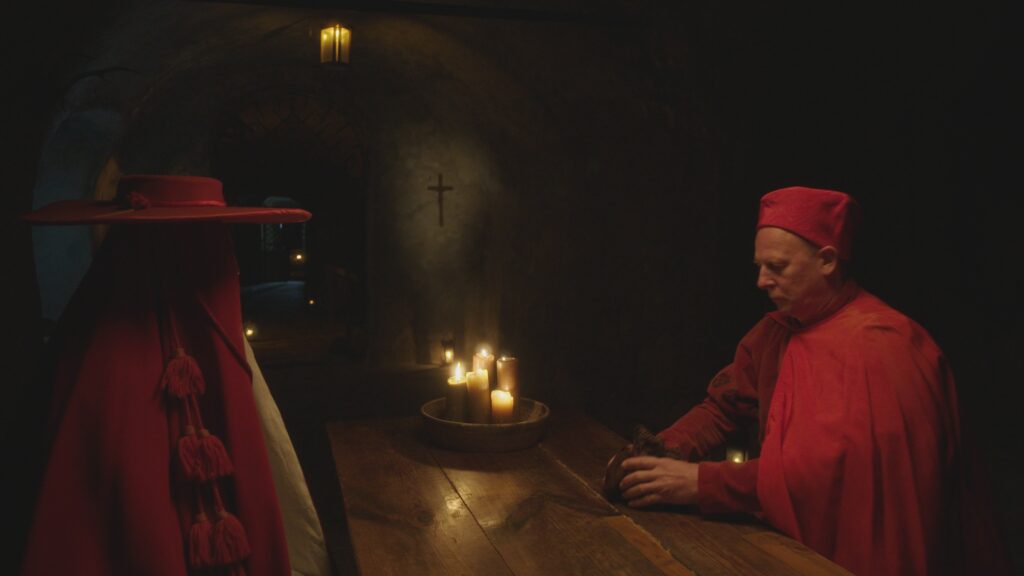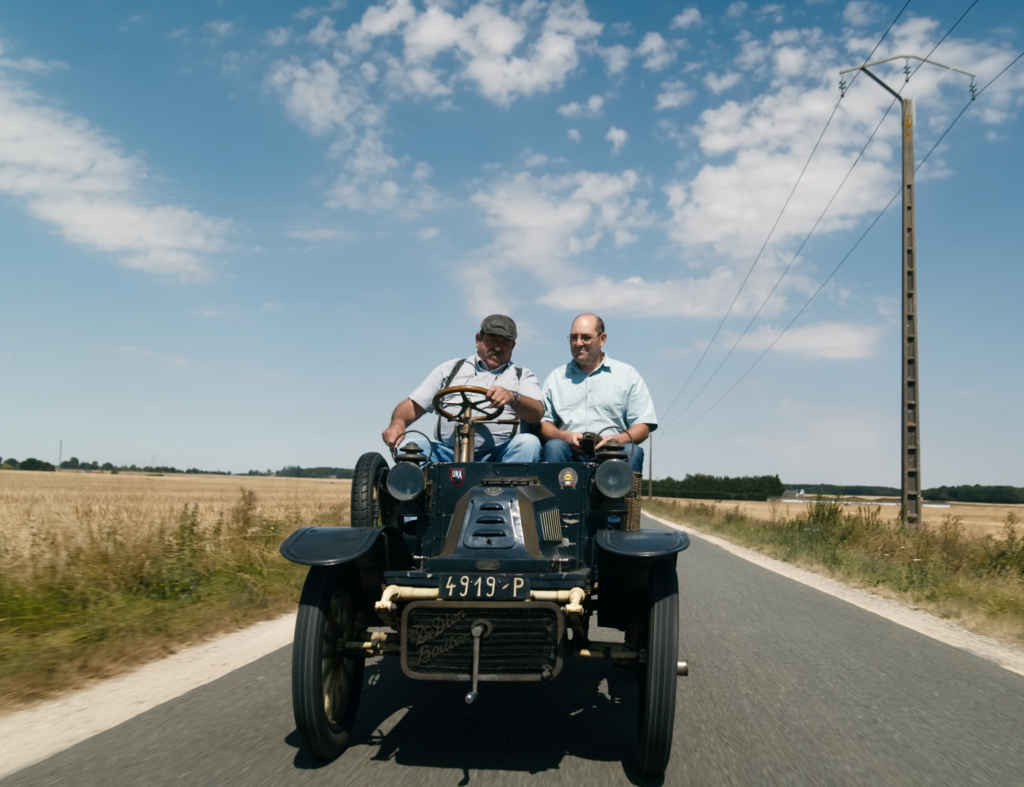Synopsis
1937 was the year in which the conflicts in Europe had escalated to the point of no return, so that the world stood, so to speak, on the brink of disaster.
In 1937 John F. Kennedy turned 20 and had successfully completed his first semester at Harvard. That year Father Joe – an admirer of Hitler – sent “Jack” off to Europe on the obligatory grand tour. The young Kennedy wasn’t thrilled about the trip, but hoped to at least make an amusing vacation of it. But the journey turned out to be a seminal experience that would ignite John F. Kennedy’s political consciousness.
In 1937 Picasso was 55, and in January of that year the Spanish government commissioned a painting from him for the Spanish pavilion at the Paris International Exposition, to open in the spring. The government hoped that Picasso’s work would be a highlight that would draw global public attention to the Spanish Civil War. The calamity of April 26th 1937 – the Fascist allies’ devastating areal bombardment of the Basque city of Gernika – made Picasso focus his master’s mind on an explosive artistic retaliation: in just 33 days Picasso created his greatest work: ‘Guernica’.
Hemingway was 38, when the North American Newspaper Alliance (NANA) offered him a job reporting from civil-war-torn Spain. Hemingway would have a hand in the making of pioneering Dutch filmmaker Joris Ivens’ documentary ‘The Spanish Earth’. During this interlude, Hemingway wrote numerous articles for the NANA; wrote his only play ‘The Fifth Column’; and followed it up the next year by his now-classic novel ’For Whom the Bell Tolls’.
The International Exposition in Paris (25 Mai – 25 November 1937) brought together all three of these titans of their times. On July 12th, the Spanish pavilion celebrated a delayed grand opening – with Picasso’s ‘Guernica’ displayed in the entrance area. That day the pavilion also hosted a screening of ‘The Spanish Earth’ – with a narration text written and voiced by Hemingway himself. Three days later, John F. Kennedy visited the Paris expo.
